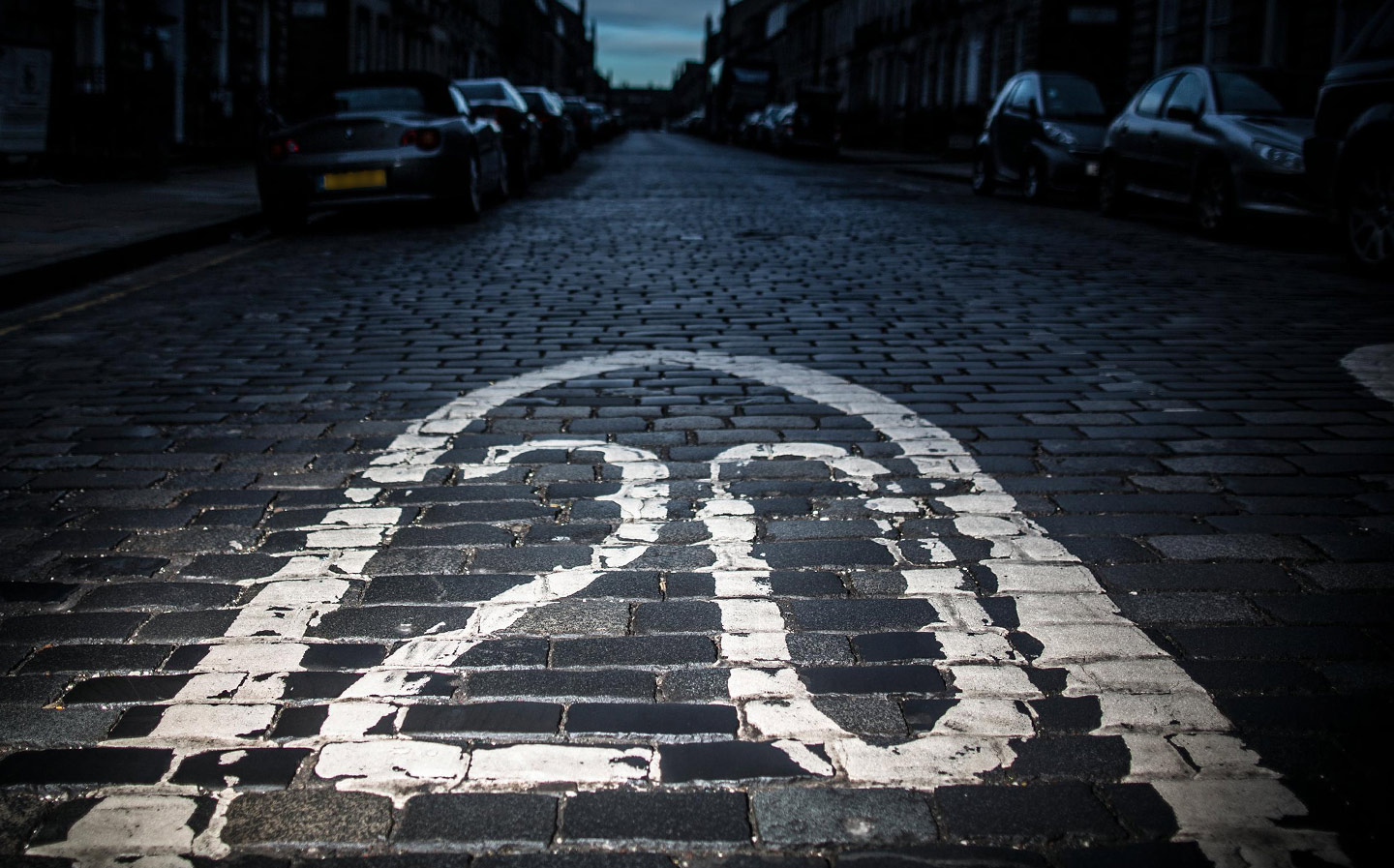Manchester slams the brakes on new 20mph zones
Accident rates had “not fallen as quickly as initially hoped”
COUNCILS were urged to suspend the national introduction of 20mph zones yesterday after research in one of Britain’s biggest cities found little evidence that lower speed limits greatly reduced accidents.
Cuts to the urban speed limit should be restricted to residential streets or outside schools, motoring groups said, amid claims that drivers were refusing to respect borough-wide restrictions.
The comments came as Manchester city council announced that cash previously designated for 20mph zones could be spent on other road safety measures because lower limits had failed sufficiently to cut accident rates.
Browse NEW or USED cars for sale on driving.co.uk
An evaluation published by the authority this week said that the decision to lower the speed limit from the previous 30mph on more than 1,000 roads since 2014 had only resulted in speeds being cut by an average of 0.7mph. In a statement, the council said that accident rates had “not fallen as quickly as initially hoped”.
Across the city, pedestrian casualty rates have fallen by a third between 2012-14 and 2014-16, but reductions have been much slower in 20mph areas. These include a fall of only 14 per cent in the Moss Side and Fallowfield areas of the city.
The number of injuries among cyclists had also failed to drop quickly enough on 20mph roads. City-wide cycling casualties fell by more than 40 per cent over four years but in 20mph zones they dropped by between 12 and 16 per cent.
Almost 12,000 miles of roads have been made 20mph zones, a rise of more than a quarter in just 12 months
Manchester said that more work was required over the long term to accurately assess the benefits of 20mph zones, which have been introduced in two phases over the past three years. The city is not scrapping any 20mph zones, although it confirmed that no more would be approved until a full evaluation was carried out.
It said that £687,000 in grant funding now available to the council for road safety would be used to pay for “alternative schemes”. This included speed bumps and pedestrian crossings.
The conclusions cast doubt on the wisdom of large-scale projects run by councils across Britain to cut the urban speed limit by a third from the present default limit of 30mph.
Last year, figures from the Department for Transport suggested that almost 12,000 miles of roads had been made 20mph zones, a rise of more than a quarter in just 12 months. Areas with the most 20mph zones include Bristol, Edinburgh, Norwich, Leicester and parts of London.
Yesterday, the campaign group 20’s Plenty For Us said that the Manchester research had been misinterpreted. It said accident rates on some residential streets depended on “very low sample sizes”, which made comparisons to busier roads almost meaningless.
Browse NEW or USED cars for sale on driving.co.uk
Rod King, the group’s founder, said: “20mph limits are recognised around the world, including by the World Health Organisation, as the appropriate speed where pedestrians and cyclists can mix with motor vehicles.”
Pete Williams, road safety spokesman at the RAC, said: “The RAC is generally supportive of 20mph zones when planned and implemented in the right locations . . . we don’t, however, support widespread use of 20mph limits on through-roads where existing 30mph limits are shown to be reasonable.”
Edmund King, president of the AA, said speed limits should “reflect the nature of the road and be evidence-led and self-explaining”.
Graeme Paton, Transport Correspondent
This article first appeared in The Times





